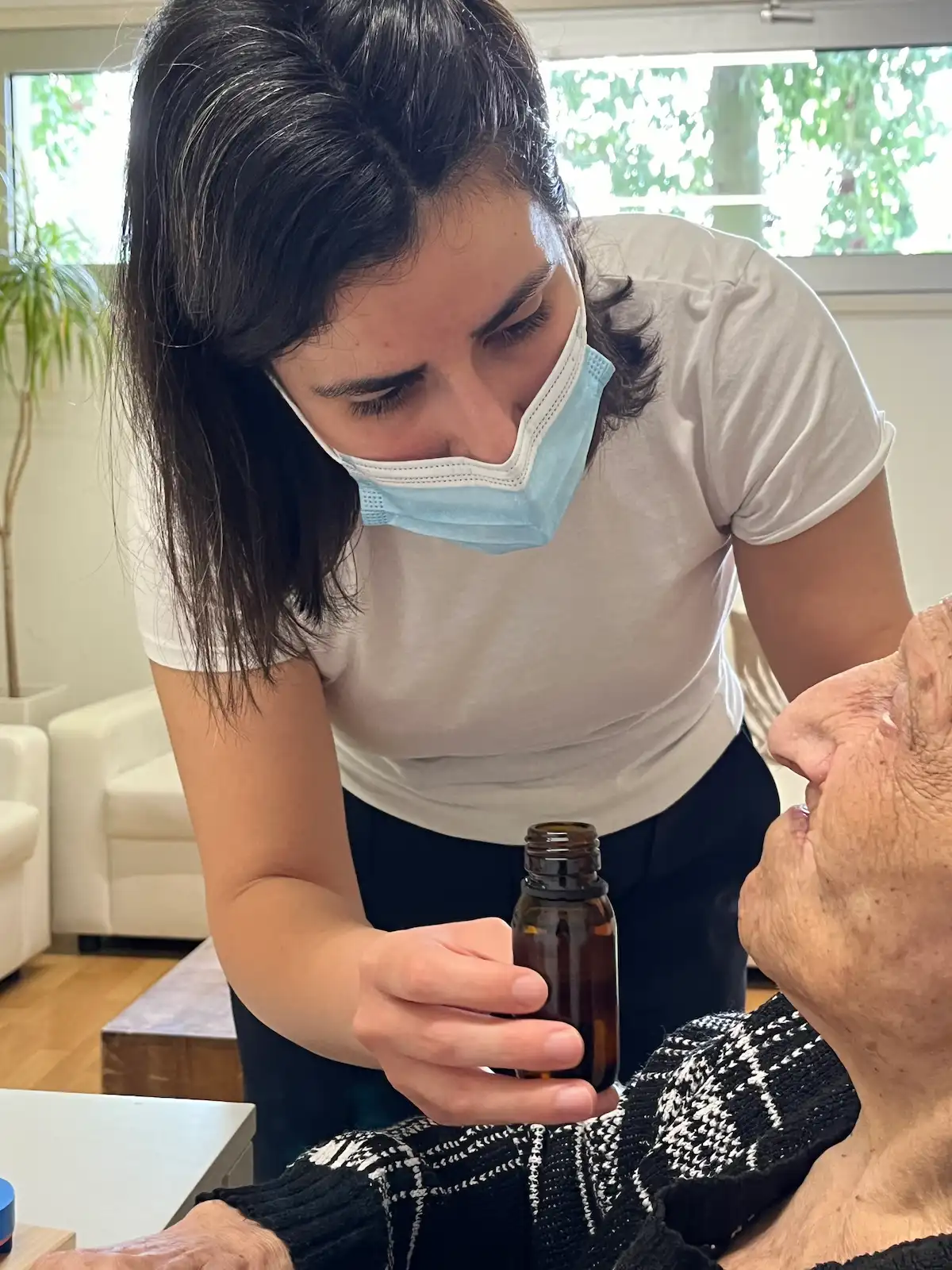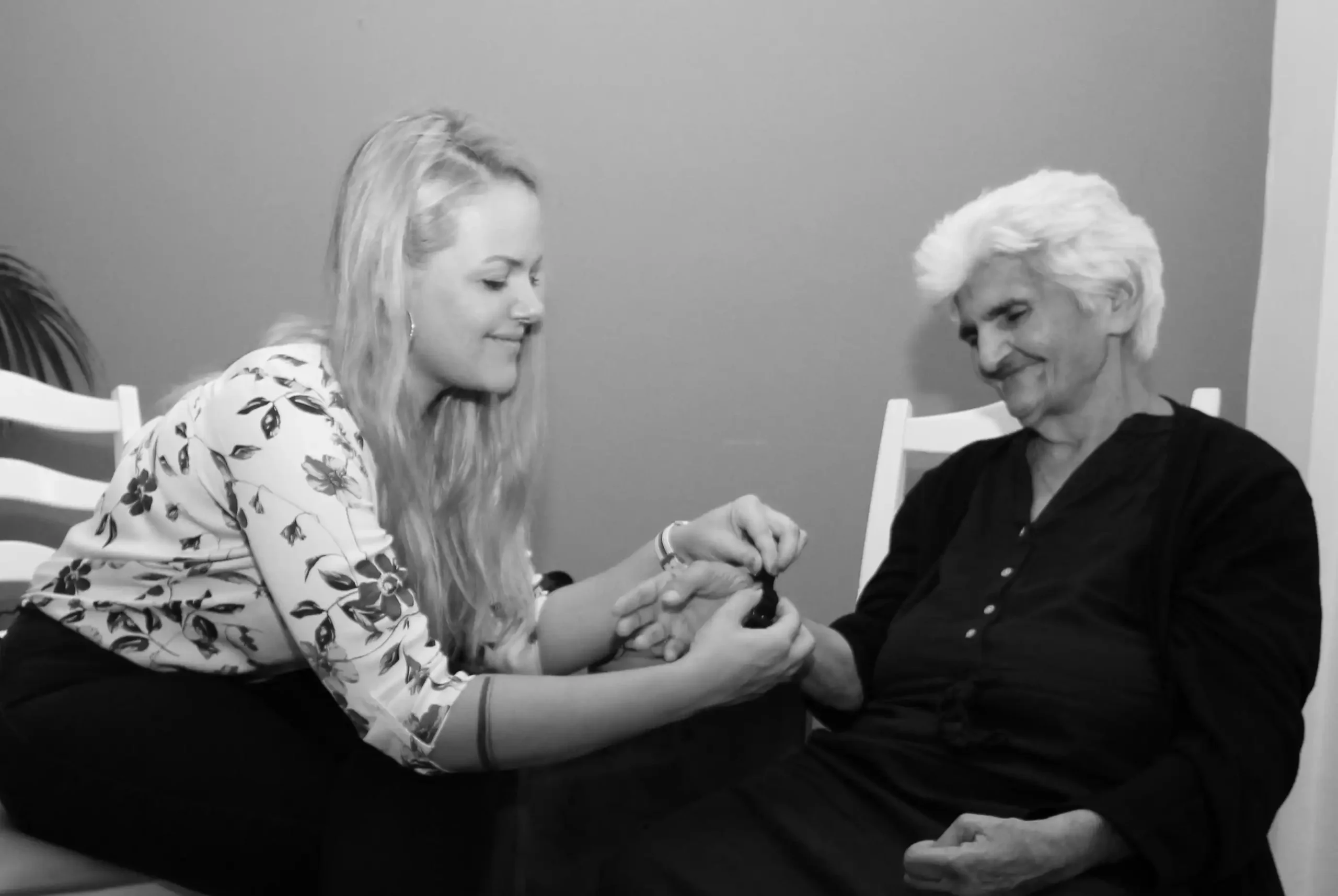Sensory Therapy

What is Sensory Therapy?
Multisensory therapy is a therapeutic approach that utilizes a combination of sensory stimuli to engage multiple senses simultaneously, such as sight, sound, touch, and sometimes even smell and taste. This therapy is designed to enhance sensory processing and integration, particularly in individuals who have difficulty responding to sensory stimuli in their environment.
Multisensory therapy is often used to support individuals with developmental disorders, neurological conditions, sensory processing disorders, autism spectrum disorders (ASD), and dementia.
Effectiveness of Multisensory Therapy
Research supports the effectiveness of multisensory therapy in various populations. For example, studies have shown that multisensory environments can lead to significant improvements in behavioral and emotional outcomes for individuals with complex needs (Chitsey, Haight, & Jones, 2002). Additionally, the use of multisensory therapy in dementia care has been associated with positive effects on mood and behavior (van Weert et al., 2005).

Key Elements of Multisensory Therapy
Environmental Control: A key component of multisensory therapy is the creation of a controlled environment. This environment is equipped with various sensory tools and materials designed to stimulate or calm the senses, such as soft lighting, calming sounds, textured surfaces, and aroma diffusers.
Personalized Sensory Activities: Therapists tailor sensory activities to meet the specific needs of the individual. This can include tactile activities like playing with sand or water, auditory stimulation with soothing music, or visual engagement through colored lights and projections.
Sensory Modulation: Multisensory therapy helps individuals learn how to modulate their responses to sensory stimuli. For instance, someone who is hypersensitive to sound might work with a therapist to gradually become accustomed to different auditory environments.
Therapeutic Outcomes: The goals of multisensory therapy can vary depending on the individual’s needs. Common outcomes include reduced anxiety, improved mood, enhanced communication skills, better motor coordination, and increased engagement in daily activities.
Our Services
Knowledge and Technology in the Service of Cognition
Our services aim to address the entire spectrum of cognitive functionality and health through the application of interdisciplinary approaches supported by current research findings.
